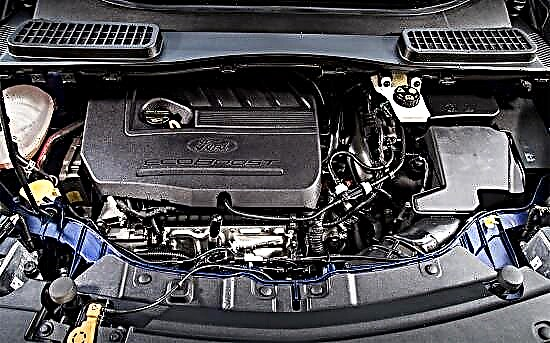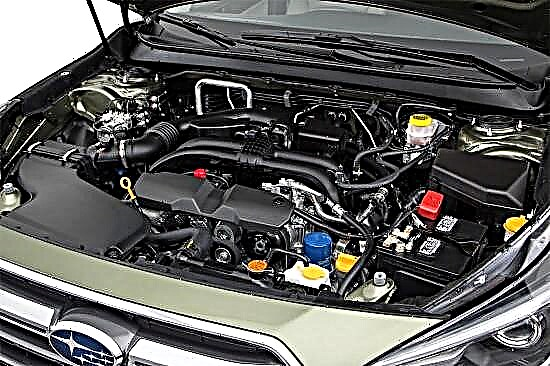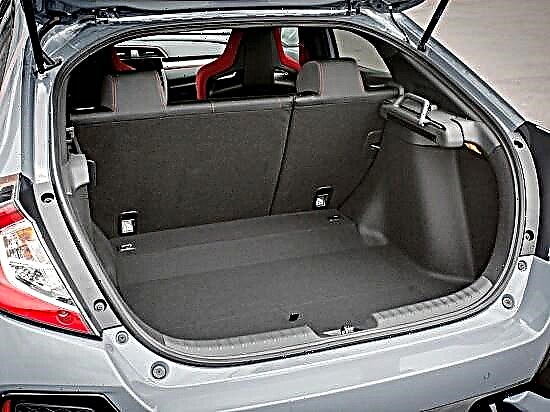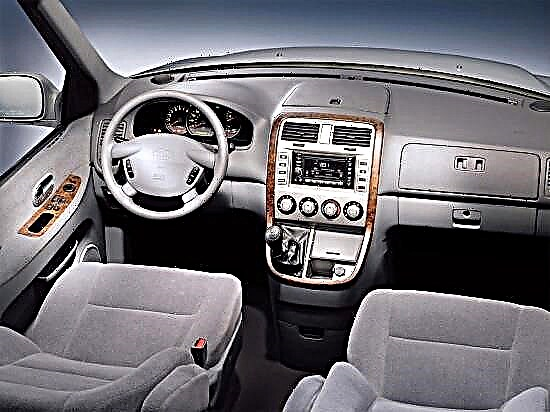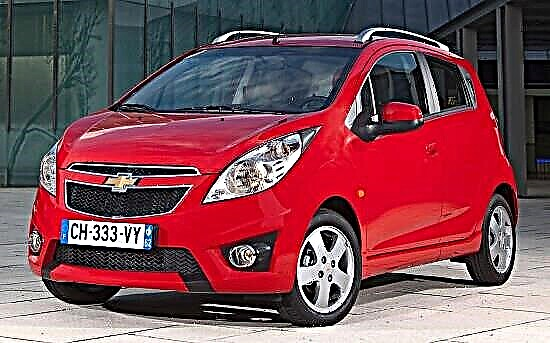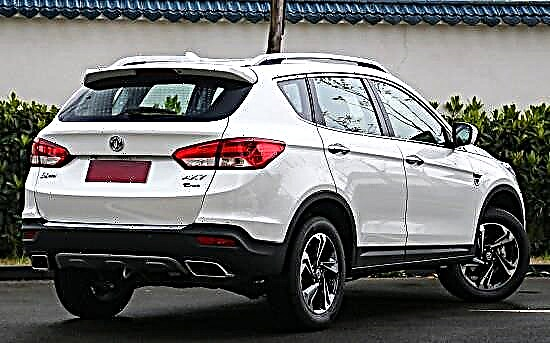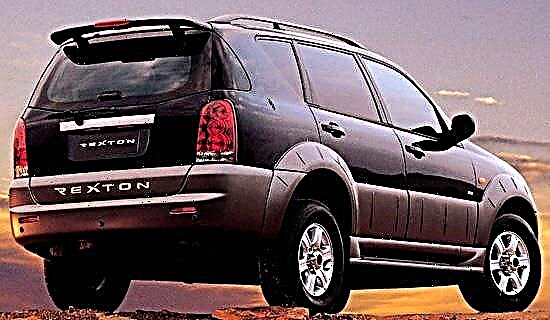The first generation South Korean SsangYong SUV entered the market in 2001. In 2004, the car underwent a planned modernization, after which it was produced until 2006, when it was replaced by a new generation model.
The first generation SsangYong Rexton is a mid-size SUV with a frame structure and a seven-seater cabin layout.

Its length is 4720 mm, height - 1760 mm, width - 1870 mm, wheelbase - 2820 mm, ground clearance - 200 mm. Depending on the modification, the curb weight of the car is from 1815 to 1860 kg, the full weight is 2550 kg. The luggage compartment of the Rexton reaches 500 liters, and with the rear seat folded down - 1920 liters.

The first generation SsangYong Rexton SUV was equipped with three engines. The first is a 2.9-liter turbodiesel with 120 horsepower and 250 Nm of maximum torque, the second is a 2.3-liter petrol unit with a capacity of 140 "horses" (209 Nm), the third is a 3.2-liter engine with 220 horsepower and 312 Nm of torque. The engines were combined with a 5-speed manual or 4-band automatic transmission, rear-wheel drive or all-wheel drive.

The front suspension on the SsangYong Rexton is an independent torsion bar, the rear is an independent spring. Ventilated disc brakes are installed at the front, disc brakes at the rear.
The "first" SsangYong Rexton has its advantages and disadvantages. The positive aspects of the SUV are its attractive appearance, powerful engines, acceptable dynamics, good visibility, a roomy interior, a large trunk, good off-road capabilities in all-wheel drive versions, a solid frame body structure and a low price.
Negative - high cost of ownership, stiffer suspension, high fuel consumption, cheap interior materials and not always good build quality.

